Lining the walls: Ken Gonzales-Day at Scripps and CLMA
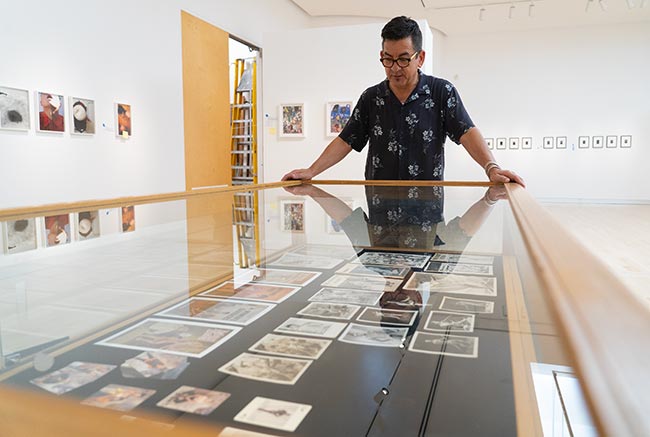
Scripps College professor Ken Gonzales-Day views art at the Ruth Chandler Williamson Gallery at Scripps College Monday which is exhibiting his latest body of works, “Queer-ish: Photography and the LGBTQ+ Imaginary.” Courier photo/Andrew Alonzo
by Andrew Alonzo | aalonzo@claremont-courier.com
Ken Gonzales-Day, 58 and Scripps College’s Fletcher Jones Chair in Art, is currently balancing two spotlights, one shining from the Claremont Lewis Museum of Art and the other from The Ruth Chandler Williamson Gallery, where the art and photography professor is being double featured.
Earlier this month, CLMA, at 200 W. First St., unveiled “Face to Face: Ken Gonzales-Day,” which showcases two of the Silver Lake resident’s more recent projects, his “Pandemic Portraits” series which displays images of creatives during the pandemic, and “Profiled,” photographs taken inside the storage facilities of the Smithsonian American Art Museum, National Museum of Natural History, and National Portrait Gallery in 2014.
“The first part of it was trying to understand my own relationship to my community and also to, I think, to contemplate the possibility of mortality,” he said of Pandemic Portraits, which began over the summer of 2020. Profiled, he explained was born out of bringing two portraits together, one he took of a bust of the late 20th century Osage Nation chief, Shonke mon-thi^, and the other of his great grandson, Steven Pratt.
The CLMA installation, curated by Associate Director of Exhibitions and Collections Seth Pringle, runs until January 21, 2024, and includes works by Gonzales-Day as well as former Claremont Colleges students, faculty and staff.
Barely a mile away at the Ruth Chandler Williamson Gallery hangs Gonzales-Day’s second exhibit, “Queer-ish: Photography and the LGBTQ+ Imaginary,” which officially opens October 28 with a free and public reception from 5 to 7 p.m. at 251 E. 11th Street, Claremont. The exhibit will continue until December 15 and is divided into four parts: touch, portraiture, queer imaginary, and acting out. Viewer discretion is advised as the exhibit contains nudity.
The installation, curated by Gonzales-Day, includes over 100 items such as 19th- and 20th-century vernacular photographs from his personal collection as well as works from 24 creatives including Laura Aguilar, Ohan Breiding, Taizo Kato, Molly Landreth, Catherine Opie, Annie Sprinkle, Baron Wilhelm von Gloeden and Austin Young. While Gonzales-Day calls for all to view his showcases, he believes students of the Claremont Colleges in particular can benefit from his second installation.
“Our students are between 18 and 22, and a lot of them are exploring their sense of identity,” he said. “And in recent months, 48 states approximately have created legislation to, in some way, reduce the rights of trans[gender] individuals. These were things that were going on in the world that seemed relevant to try to look at with an exhibition. Part of the idea [also] for the show is to think about human relationships, not just about sexuality.”
“I think it provides a space where anyone can kind of come in and feel like there is something for them to see, and a place where anyone can come in and feel like they can be seen, that they may recognize aspects of themselves in this imagery,” Erin M. Curtis, Gabrielle Jungels-Winkler Director of the Ruth Chandler Williamson Gallery, said.
During the curation process, Gonzales-Day, an openly gay man, routinely had to question whether some of the early faces shown were actually part of the LGBTQ+ community. “That’s part of the reason for the idea of the ‘-ish,’” he said of navigating uncertainty.
There is a small bridge that connects both shows — photos from Gonzales-Day’s “Pandemic Portraits” series appear in both. “The two are related loosely in that they all involve issues and concerns that appear in my work,” he said, explaining that the Claremont Lewis Museum of Art exhibit focuses on race, difference, portraiture and community, while the Scripps installation tackles issues of representation of queer communities.
“[These] are topics that I think about all the time because of course they’re part of my experience as an individual in this world,” he added. “The art that I make is a reflection of the times that I live in, and it just allows us another access point, another way to think of the questions of our time.”
Beyond the two exhibits, Gonzales-Day’s main goal is to bring challenging questions to the forefront. He also just enjoys researching overlooked stories.
A Californian by birth since November 11, 1964, Gonzales-Day said he was a typical child with creative tendencies and honed his artistic visions throughout junior high and at Nampa High School in Idaho, from which he graduated in 1983. A love for photography came later, but he got some practice in high school when his mother gifted him a Pentax K1000, which he still uses while teaching at Scripps.
Gonzales-Day exhibited most of his earliest works while an undergraduate at the Pratt Institute in New York, where he earned his bachelor’s in 1987. Four years later, he got his first master’s, in art history, from Hunter College. During graduate school, his love for photography blossomed and he shifted mediums.
“I was really drawn to that indexical aspect of it. To the notions of the real that it suggests,” he explained. “Primarily, the fact that the photograph is a document or record is different than a drawing or painting which is a representation of something.”
In 1992, Gonzales-Day completed Whitney Museum of American Art’s independent study program. Then in 1995, he not only earned his second master’s from University of California, Irvine, but also began teaching at Scripps where he leads photography, humanities and art theory courses.
Much of Gonzales-Day’s work stems from his research on the history of lynching in Southern California, which he published in the 2006 academic title, “Lynching in the West: 1850-1935,” by Duke University Press.
“That work then lead me to think about ideas about race and racial formation,” he said. “All of it has been about just trying to better understand my experience as a Mexican-American living in California.”
The public is invited to tour the CLMA and Williamson exhibitions. CLMA hours are Friday, Saturday and Sunday from noon to 4 p.m. and general admission is $5. The Williamson is open Wednesday through Sunday from noon to 4 p.m. and is free to the public.
Gonzales-Day is still accepting participants to photograph for his ongoing “Pandemic Portraits” series. Information can be found at kengonzalesday.com.

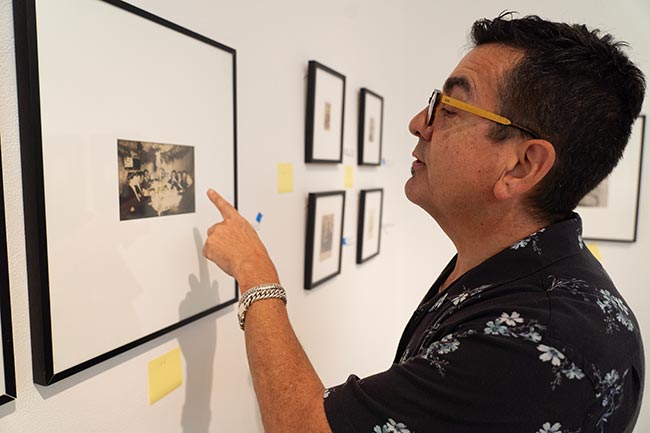

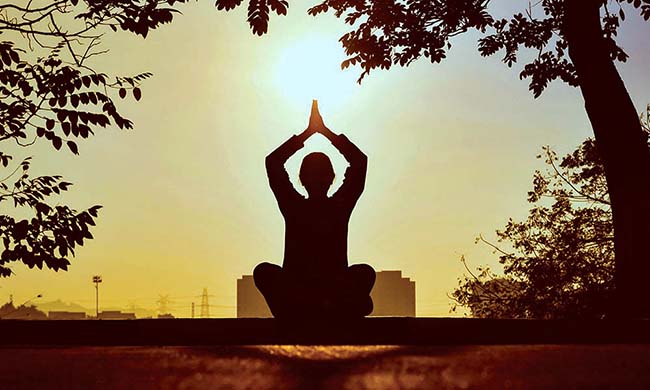

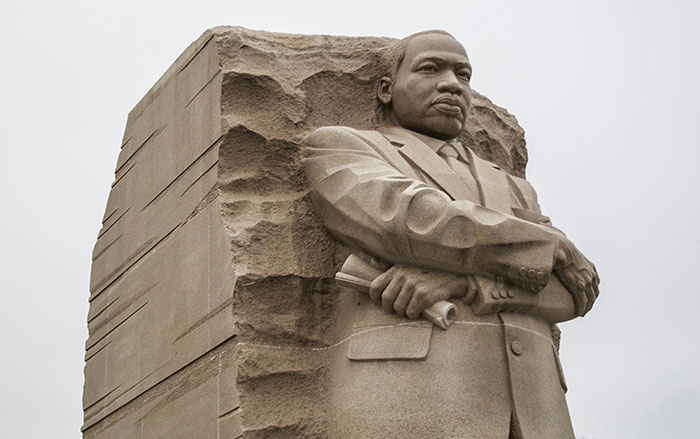
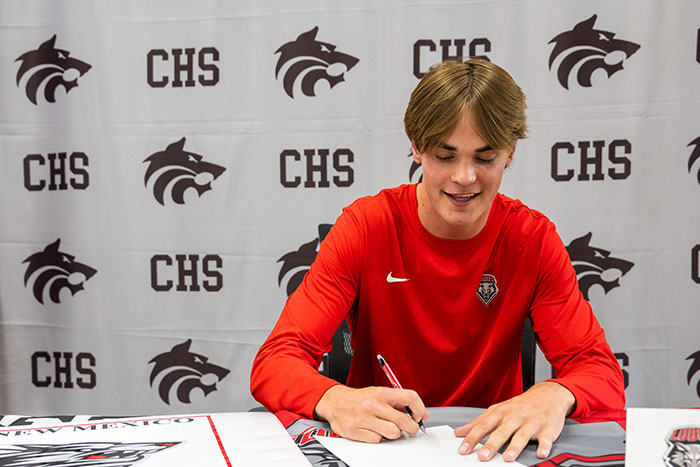
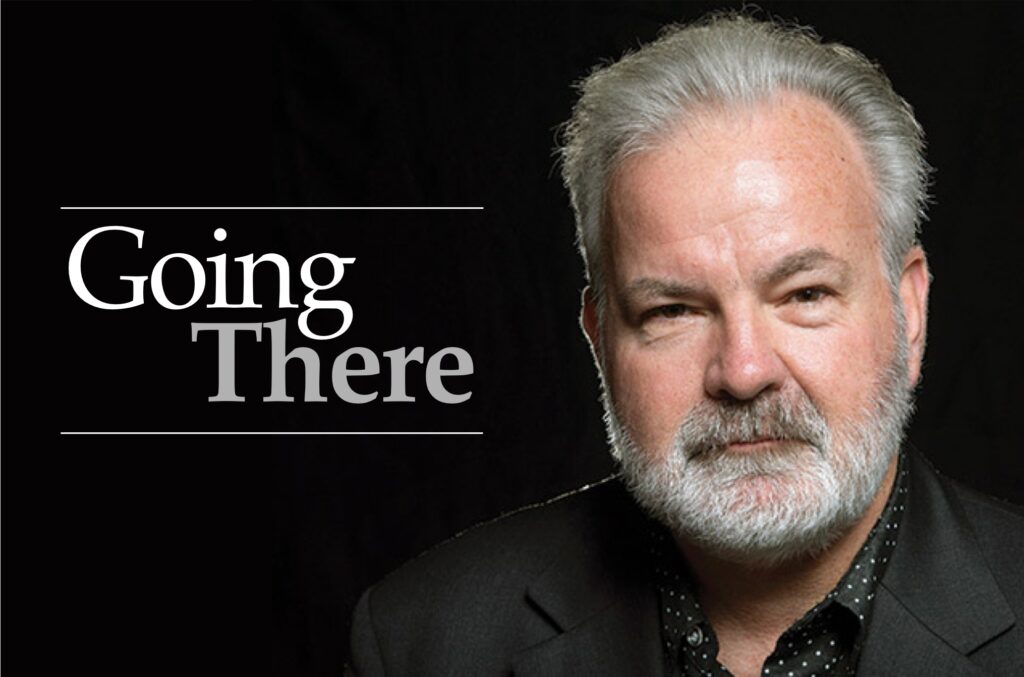

0 Comments